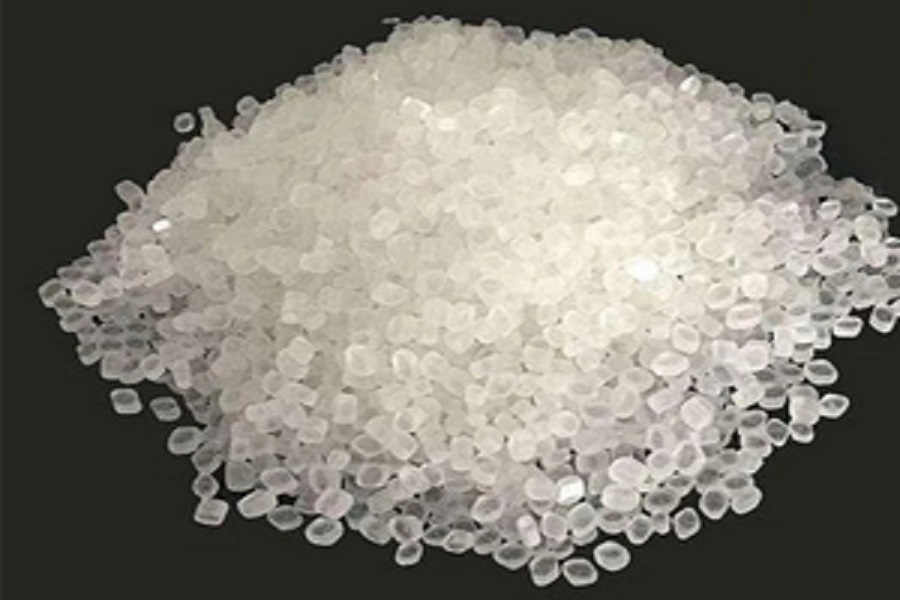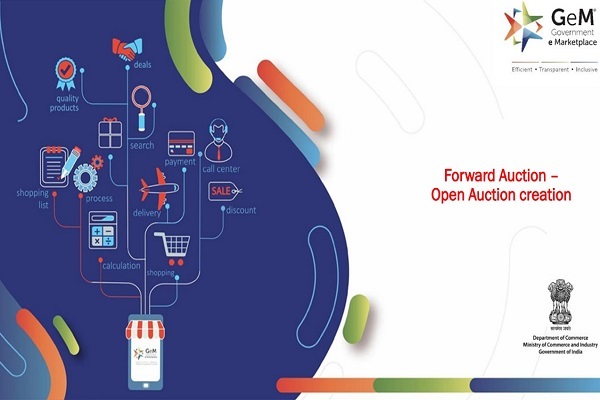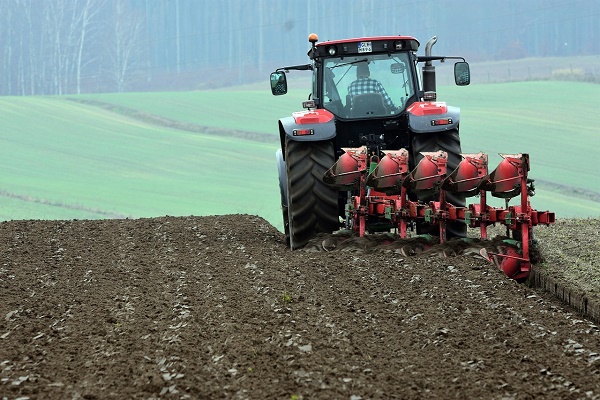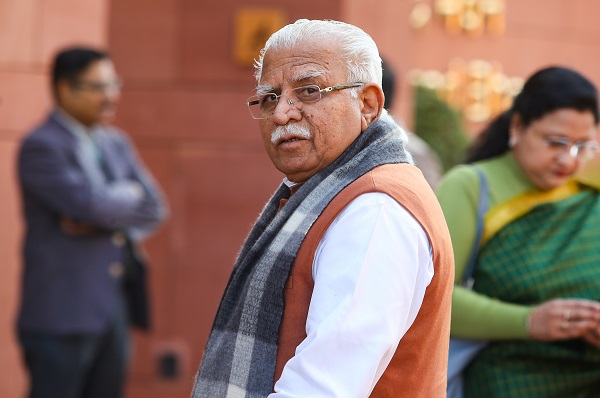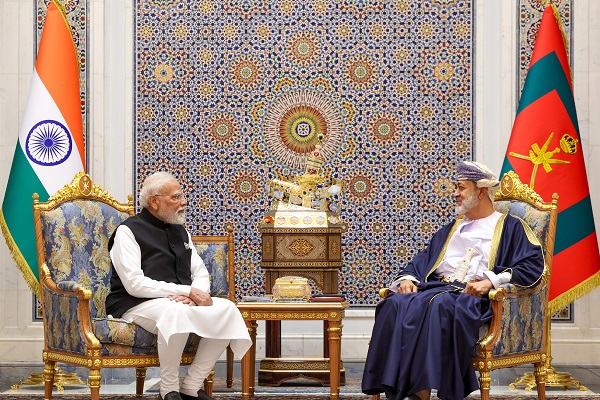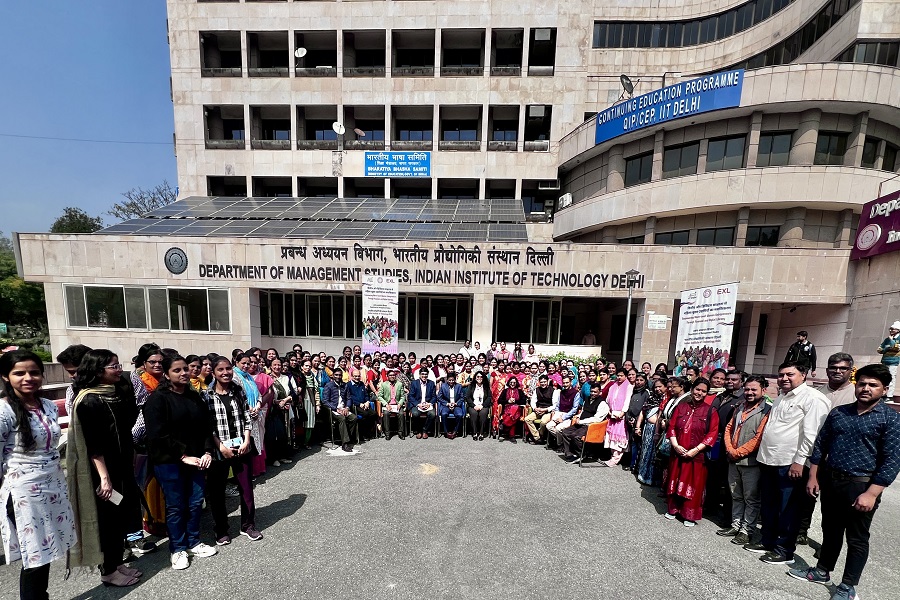Why focus on women entrepreneurs?

Women entrepreneurs not only drive business growth but also uplift families and communities. When women participate actively in business, there is a multiplier effect: income goes toward children’s education, health, nutrition. The Ministry of Micro, Small & Medium Enterprises (MSME) emphasises that “When women are empowered, the whole world is empowered.”
MSME Ministry
Yet, women face specific hurdles: access to credit, collateral, networks, training and markets. Government schemes aim to bridge those gaps by offering finance, training, mentorship and preferential terms.
Key government schemes for women entrepreneurs
Here are some of the prominent schemes you should know, especially if you’re planning a women?lead venture (say in fashion, jewellery, services, retail etc).
Pradhan Mantri Mudra Yojana (PMMY)
Under this scheme, micro?enterprises (non?farm, non?corporate) can access loans without collateral.
Herzindagi
Startup India
Tiers:Shishu: up to ??50,000
Kishor: ??50,001???5?lakh
Tarun: ??5?lakh???10?lakh (or higher depending on lender)
IndiaFirst Life Insurance
For women: loans up to around ??10?lakh (or more) for women?headed non?farm business; no collateral needed.
Startup India
Why it matters: If you’re starting small — e.g., a fashion retail outlet, jewellery line, or service business (say styling, design, digital content) — this is a good entry point.
Stand?Up India Scheme
Designed to facilitate bank loans between ??10?lakh and ??1?crore for at least one woman (or SC/ST) borrower per bank branch, for greenfield enterprises (manufacturing, services, trading)
Startup India
For non?individual firms, at least 51?% of ownership must be by the woman or SC/ST.
Bank of Baroda
Relevance: If your business is larger scale (say you want to launch a manufacturing line for garments or accessories, or catering to large orders), this scheme offers substantial support.
Prime Minister’s Employment Generation Programme (PMEGP)
A credit?linked subsidy scheme under MSME policy for generating employment via micro/manufacturing/service units.
Women entrepreneurs get special category treatment: for example, in numbers of projects set up; in some cases higher subsidy levels.
MSME Ministry
Tip: If you’re in rural/semi?urban areas or starting a unit with employment potential (say a unit making jewellery/eco?fashion) this can matter.
Mahila Coir Yojana
Specifically aimed at women in rural areas (coir/spinning/processing units) under the coir industry. Provides training, subsidy (machinery, margin money) for women artisans.
Bank of Baroda
Application: If you’re into handicrafts, sustainable textiles, or rural?based artisan work, this scheme is relevant.
Trade?Related Entrepreneurship Assistance & Development (TREAD)
Focuses on self?employment for women, especially through NGOs: grant from Government (up to 30% of project cost) + loan by lending agency (70%).
IndiaFirst Life Insurance
Opportunity: Good for collaborative ventures, SHGs (self?help groups), cooperatives of women artisans, collective fashion brands.
Platforms & support services: NITI Aayog’s Women Entrepreneurship Platform (WEP)
A one?stop digital platform to enable women entrepreneurs: resources, mentorship, finance access, market linkages.
Herzindagi
Benefit: Beyond funding — being part of a network can help you scale, get visibility for your brand (especially if you’re doing fashion/jewellery), and connect with mentors/investors.
How these schemes help with your interests (fashion, jewellery, girls’ fashion, visual content)
If you’re launching a jewellery line (especially lab?grown diamonds or statement pieces) or fashion label: PMMY or Stand?Up India can provide capital.
If you want to set up manufacturing (say small batch jewellery or fashion accessories) or artisan?led supply chain, PMEGP or TREAD may be relevant.
For visual content, digital commerce, styling services: WEP, platforms + PMMY category “service” apply.
Because you’re interested in girls’ fashion and visual content generation: schemes that provide mentorship, market access (through WEP) help with brand building.
Many schemes give preference/subsidy to women?led businesses, especially in rural/semi?urban areas, so if you plan to tap those markets, you can benefit.
Eligibility, common criteria & what to prepare
Here are typical features and what you should have ready:
Age: Usually 18+ years. For example, under PMMY women must be 18+ to avail loan.
Startup India
Business type: Non?farm, non?corporate (for PMMY) or new (“greenfield”) enterprise (for Stand?Up India) etc.
Startup India
Ownership: Often business must be at least 51% owned by a woman entrepreneur.
Startup India
Project/Business plan: You’ll need a plan—what you intend to do, cost, revenues, employment (if applicable).
Margin/own contribution: Some schemes require women to contribute a small % (e.g., 5% in certain MSME schemes) for women?specific category.
MSME Ministry
Bank link/financial institution: The scheme typically runs via banks, NBFCs, or MFIs.
Registration of business, MSME/ Udyam registration: Having formal business identity helps access multiple schemes.
Priority to certain segments: Rural/semi?urban women, SC/ST categories often get higher subsidy or concessional rates.
Practical tips for applying and maximising benefit
Match your business size & ambition to the scheme: If you’re very small, start with PMMY (Shishu/Kishor). If larger, consider Stand?Up India.
Focus on your niche and value proposition: For example, if you plan a fashion brand focused on lab?grown diamonds or sustainable fashion for girls, emphasise uniqueness, market demand, digital presence.
Build a solid business plan: Even for micro ventures, clarity about cost, revenue model, customers, marketing helps your chance of approval.
Leverage training & mentorship: Schemes like WEP or TREAD emphasise not just money, but support networks. Use those to build your brand, digital marketing, supply chain.
Use your women?owned status: Since many schemes give preference/subsidy to women, you benefit by highlighting your role as a woman entrepreneur.
Check for state?level schemes: Apart from central schemes, states often run additional programmes (especially rural, SHGs).
Keep documentation ready: ID, business registration, project cost statements, bank account, proof of women ownership.
Be realistic about timeline: Some schemes take time in sanction, disbursement. Plan your business launch accordingly.
Follow up and compliance: Once funds are received, track utilization, maintain records (for audit), attend trainings if required.
Challenges & how to navigate them
Access to credit/ banks may still pose friction: Even though schemes offer favourable terms, bank processes matter — approach banks with scheme awareness, ask for women?entrepreneur cell.
Awareness gap: Many women entrepreneurs are unaware of schemes or find application complex. Use online portals (e.g., MSME website) and local MSME/industry cells for guidance.
Ownership & majority stake requirement: Ensure your venture meets the “women?majority ownership” condition (often ≥51%).
Business scale & viability: Funding helps, but you must ensure your business can generate revenue/sustain operations. Combine funding with strong marketing, digital strategy.
Monitoring/ subsidies getting stuck: Sometimes subsidies/benefits are delayed. Keep follow?up, often state?level agencies help.
Rural/urban differential: In rural areas you may have advantages (higher subsidy) but also challenges (market access, logistics). Weigh both.
Real?world impact and why it matters
According to the MSME Ministry: 1.38?lakh projects by women entrepreneurs under PMEGP (until Jan 2019) — they were about 30% of total projects under that scheme.
MSME Ministry
For women in rural/coir industry: Mahila Coir Yojana enables rural women artisans to receive spinning equipment subsidies and training.
Bank of Baroda
The channelisation of finance, training and networks is gradually improving the ecosystem for women in business — which is vital for inclusive growth.
Conclusion
If you’re planning to embark on a business (for example in the fashion, jewellery, or content creation space) and are a woman entrepreneur (or plan to build a women?lead venture), the government schemes outlined above can serve as powerful enablers. The combination of funding, training/mentorship, preferential terms, and network platforms creates an opportunity to turn your vision into a viable enterprise.
Next steps for you:
Choose the scheme that best fits your business stage and size (micro vs moderate vs expansion).
Draft a brief business / project plan (who are your customers, what’s your product/service, cost, revenue, timeline).
Check eligibility and documentation requirements on the official portal (e.g., MSME, Stand?Up India).
Reach out to local bank/branch with scheme knowledge and ask for women?entrepreneur desk or MSME cell.
Register your business (e.g., Udyam registration for MSME) and get your digital presence (website/social media) ready — since these strengthen your profile.

